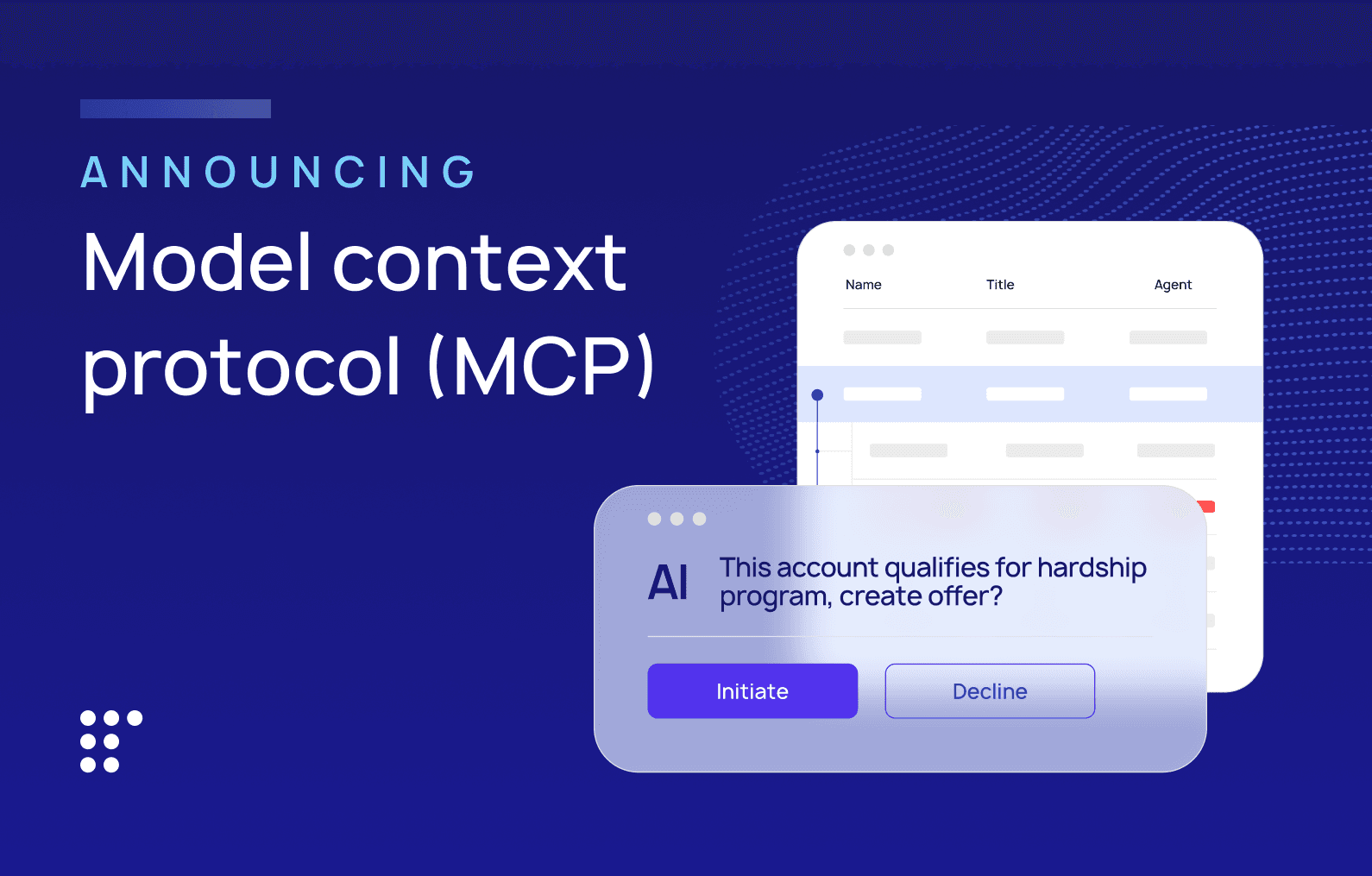Five Questions to Ask your LMS
Curiosity might have killed the cat, but a lack of it can kill your business.
Evaluating lending management systems is a tall task. Between ensuring you have the features you need to successfully manage your specific lending type and worrying about other factors such as pricing and implementation, important questions can slip through the cracks.
Before we were software providers, we were lenders, frustrated by the same pains and questions as you. We understand that it can be difficult to know what questions to ask to get the information you need. Luckily, we’ve learned a thing or two from observing industry trends and reflecting on our pain points. Here are five important questions to ask your loan management provider before purchasing.
TL;DR
- How accurate are your calculations? Mistakes add up, and miscalculated contracts lead to costly consequences.
- How many accounts can your system handle? Don’t let a lack of scalable infrastructure limit your progress. Choose a software that can support your growth, without limits.
- Is custom coding required to make new credit products? Creating new loan products from scratch can be costly in both time and money. Choose a solution that empowers you to launch new loan products quickly with little to no custom programming necessary.
- Can I personalize customer communications? Borrowers won’t engage with generic emails, letters, or texts. Make sure your software lets you customize messages with borrower information and your brand voice.
- Do you have borrower-friendly tools? Customers have come to expect loan offerings that will accommodate their needs. Increase loyalty and repayment rates by offering them flexibility.
How accurate are your calculations?
How important is calculation accuracy? Ask any lender who’s been off by a few cents and had to pay thousands in fees and damages. Not getting your numbers to match your lending contracts isn’t just annoying, it’s illegal.
LoanPro’s calculator is accurate to the seventh decimal point—four more decimal places than the IRS reviews during an audit. If you’re bringing over loans from an existing software, we have the tools you need to correct and match contracts from other systems with a high degree of precision.
How many accounts can your system handle?
Lack of scalable infrastructure is a significant issue in the industry; there are systems that can’t handle more than a few thousand loan accounts. Smaller lenders might be tempted to overlook this problem, but then they’ll find themselves trapped, missing out on opportunities for growth. Instead, they should invest in a robust system now, saving money in the long run by preventing the headaches a non-scalable solution would cause later. (And with fewer headaches, you’ll save money on Ibuprofen, too.)
LoanPro has multiple clients with over a million active loans, and we’re proud to report we haven’t encountered any scalability limitations. We have the architecture in place to scale up infinitely and seamlessly.
Is custom coding required to make new credit products?
When “Buy Now, Pay Later” started gaining popularity among consumers, the biggest winners were the ones who were able to implement the new lending model quickly. The reality for most lenders, however, is that creating a new loan program takes a lot of time and effort. They’ll have to contact their software provider, discuss their vision and coding requirements, negotiate custom programming costs, and then wait an average of three months before the custom coding is complete.
Software that merely keeps up with market trends isn’t enough—you need a solution that helps you set the pace. A configuration-first platform, LoanPro was created to make building loan products easy. Our robust configuration tools are ready to construct virtually any type of financing product, no custom programming required. Instead of waiting months for developers to cobble something together, you can have your product ready for deployment in just a few days.
Can I personalize customer communications?
Nothing says don’t read this like a bland, generic letter from a faceless corporation. Borrowers are far more likely to read and engage with letters, emails, or texts that have information unique to their account and convey a sense of your brand’s identity. None of that is possible if your loan management system has lackluster communication tools. And to make things worse, some platforms “help” you design your messages, meaning that even minor edits can take days or weeks of back-and-forth.
LoanPro gives lenders complete control of their customer communication templates, which use variables to merge in borrower data, like an individual’s payment schedule, outstanding fees, or the servicing agent handling the account. With direct control over your templates, you can give them a look and feel that matches your company’s voice. Best of all, our automation tools mean these messages can go out whenever your business logic says so, with no manual action required.
Do you have borrower-friendly tools?
Financial services are evolving to become friendlier to borrowers. In the old days, borrowers could expect little sympathy or leeway when they struggled to make payments. But a new wave of lending—led by neobanks and other fintechs—centered their operations and brand on catering to their borrowers’ needs. And with many traditional banks and credit unions also pivoting to more accommodating practices, potential customers can now shop around for the lender who provides them the best rates, the most favorable terms, and the greatest control over their finances.
Most loan management systems will let lenders set interest rates and fees, but few can match LoanPro’s borrower-friendly tools and technology. In the wake of the pandemic and an uncertain economy, borrowers are drawn to the peace of mind they’ll get knowing you have hardship relief programs available. LoanPro can build programs that alter a borrower’s loan terms and payment schedule if they lose income, and easily adapt them to economic ups and downs. Our out-of-the-box tools like maximum interest controls, promise tracking, and custom payment schedules will set you apart from competitors, and self-serve options for borrowers give them a sense of financial control and security.
And your own burning questions, too.
If a lending core can answer these five questions to your satisfaction, then they have a solid bedrock that you can use to build your products and workflows. But that doesn’t mean the discovery process should stop there. The lending sphere is broad, diverse, and nuanced, and a software that works perfectly for small-dollar loans might be restrictive and unworkable for an MCA lender. We wouldn’t advise anyone to sign up for a lending core without being sure it works for them, and we’re confident that LoanPro will work for you. Reach out and we’ll show you how.




